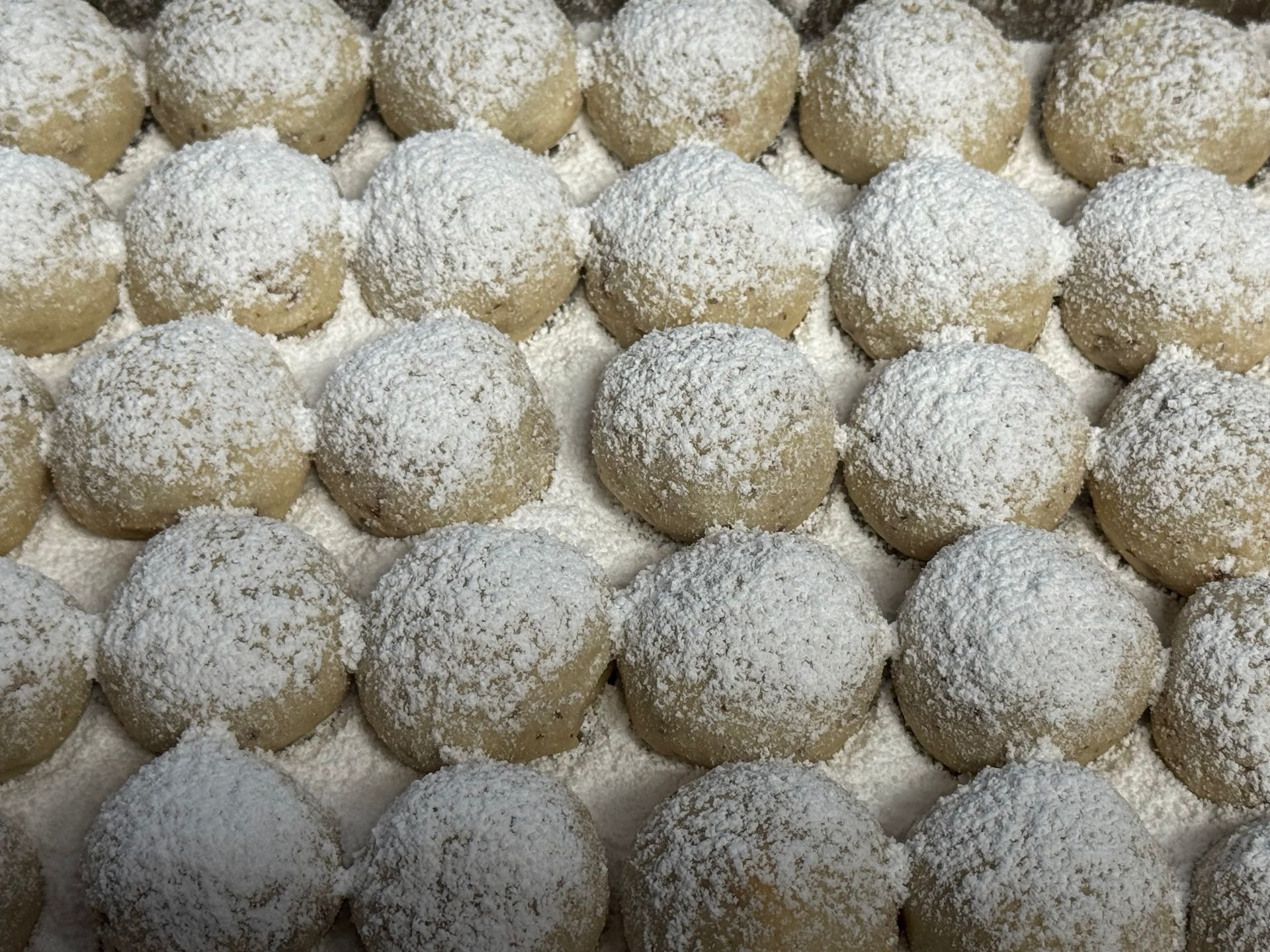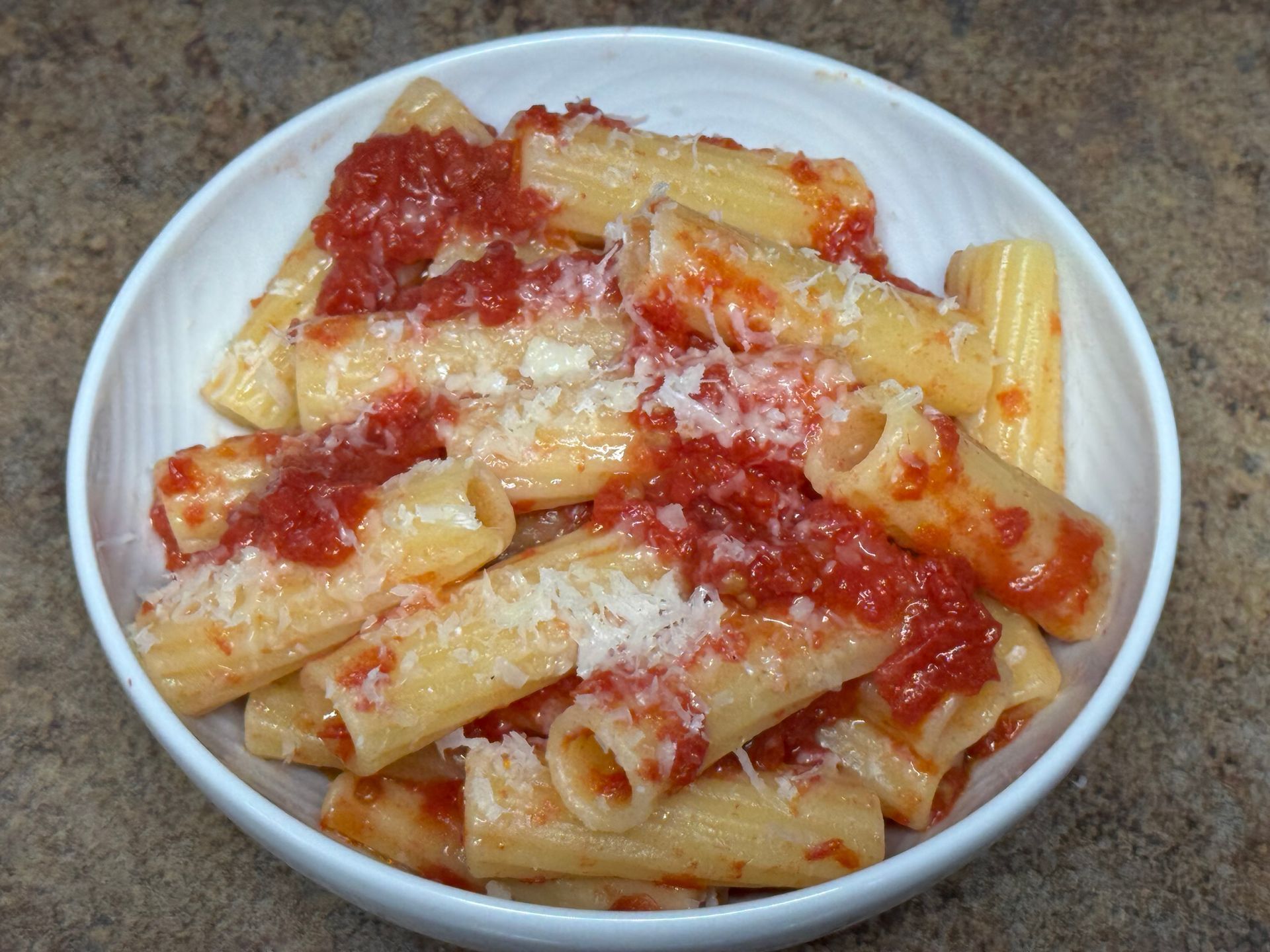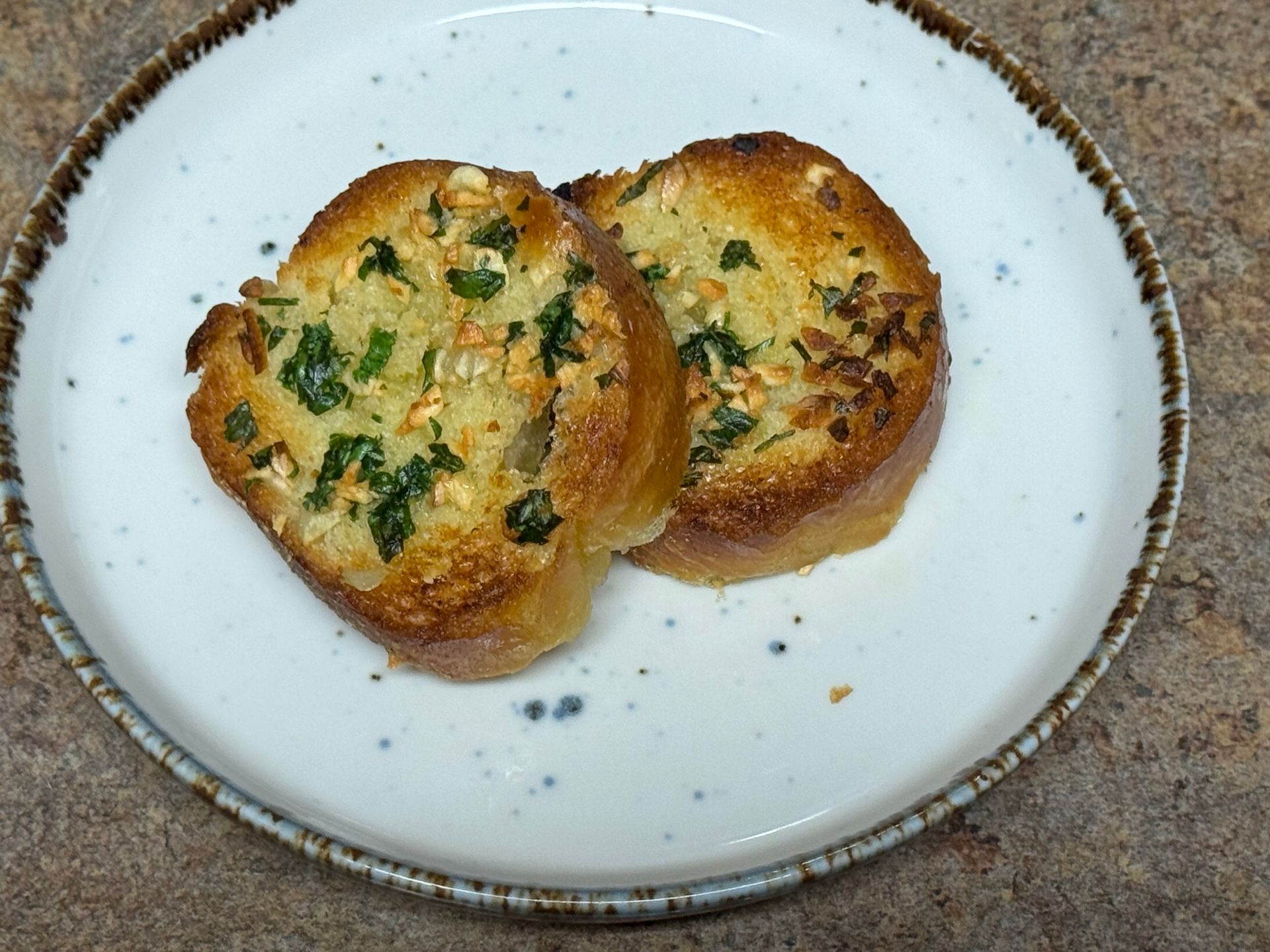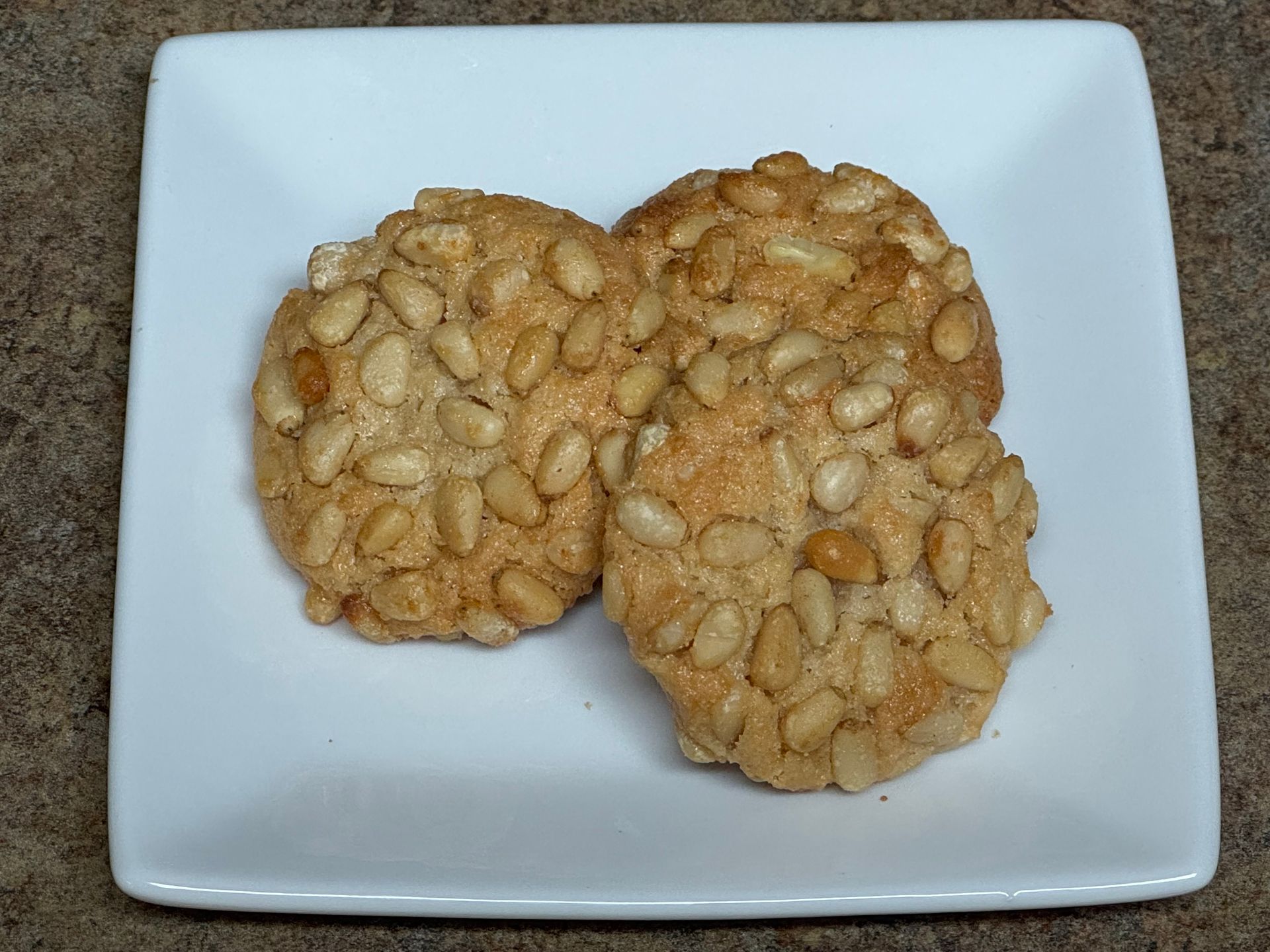
I love to pick a few, opened squash blossoms-watch out for bees inside-and tear the tender leaves into a fritter batter for a yummy happy hour hors d' oeuvres with cava on Summer evenings.

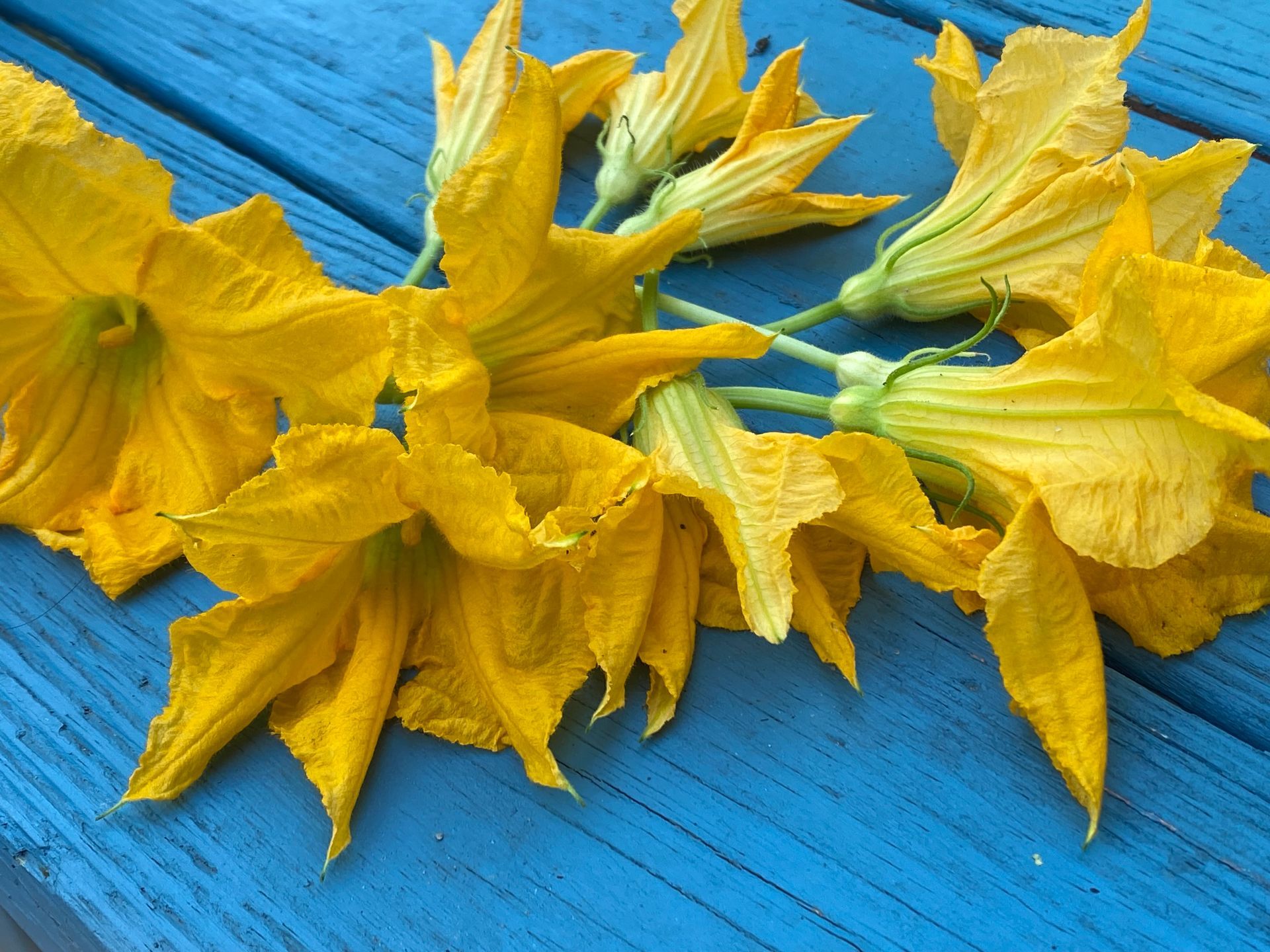
Squash Blossom 'fritters'
Early Autumn is a glorious time in my garden…
A large variety of lettuces, berries, beans and herbs are in full force, and I'm beginning to see blossoms from zucchini, yellow squashes, pumpkins...
Lately we've been growing a variety of gourds which I find are delicious when smaller, we saute as we do zucchini. Some of the squashes are 'rogue' growing from seeds the squirrels had scattered last Autumn.
I'm still not quite sure which are the male or female flowers so I'm careful to harvest small amounts so we still get some of the acutal squashes to enjoy.
I generally pick the flowers early. in the morning, when wide open; if the blossom is closed, I'm careful to watch for wasps and bees when I open the flowers.
Prep Time: 20 min
Cooking Time: 10 min
Yield: 4 portions
Ingredients Dressing
5 Tbsp Oil for frying
5 Tbsp AP flour
1 Tbsp Baking powder
1 ea Egg, cracked/whisked (no shells)
1 Cup Squash blossoms, torn
2 sprigs Basil or Sage leaf, torn
1/2 tsp Salt
1/4 tsp Freshly ground black pepper
1 Tbsp Parmesan cheese, grated (optional)
1 Tbsp Honey
How to Prepare the Fritters
Step 1
Place the flour, baking powder, salt and pepper into a bowl. Add the egg and mix gently to form a batter-don't over whisk or it you'll create chewy fritters...
Step 2
Add the squash flower pieces and herbs, fold into the batter. Add the grated cheese at this time as well.
Step 3
Heat a teflon, saute pan to medium hot, add 1 Tbsp of oil and swirl around the bottom of the pan; using a tablespoon, spoon the batter into the hot oil and fry until puffed up and golden brown (about 3 minutes); flip carefully and repeat.
Using a plastic spatula, move the fritters to a plate and serve.
I like to add a little, local honey. Enjoy
